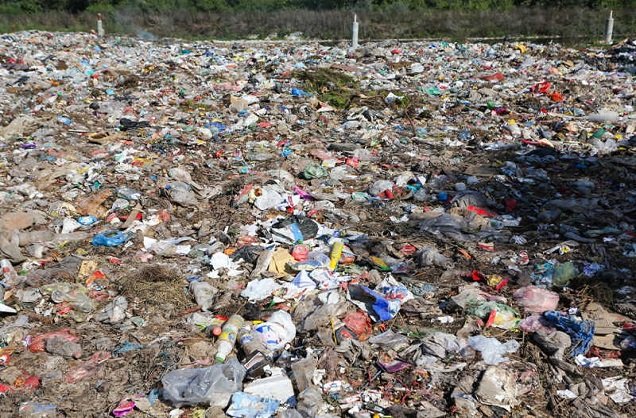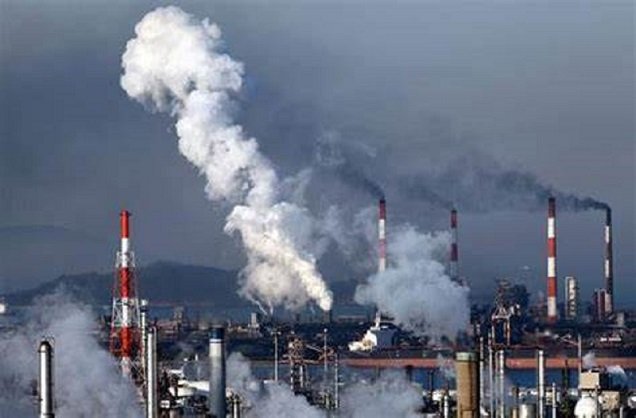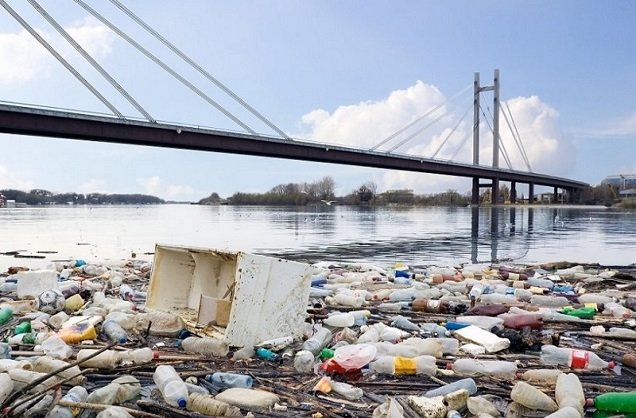Why are 90% of “degradable plastics” still polluting the environment? The key lies in certification standards!
The growing problem of plastic pollution in recent years has prompted the widespread use of “degradable plastics” as a potential solution. Surprisingly, however, about 90% of these so-called “degradable plastics” are still causing environmental pollution. The root cause lies in certification standards.

1. Definition and classification of degradable plastics
Degradable plastics break down into smaller components under certain environmental conditions, such as exposure to light, heat, oxygen or microorganisms. Degradable plastics can be classified into several types, including biodegradable plastics, oxo-degradable plastics and compostable plastics. Biodegradable plastics are broken down by microorganisms into natural byproducts such as water, carbon dioxide and biomass. Oxo-degradable plastics contain additives that promote plastic fragmentation when exposed to oxygen and ultraviolet light. Compostable plastics, similar to biodegradable plastics, are specifically degraded in composting facilities to produce nutrient-rich compost.

2. Loopholes in certification standards
Currently, degradable plastics lack a unified international certification standard. Different countries and regions have their own set of standards, leading to confusion in the market. For example, some standards may focus only on the degradation rate in laboratory environments without considering actual environmental conditions. Plastic products may meet degradation requirements in a controlled laboratory environment, but fail to degrade effectively in natural environments such as landfills or oceans.

The test conditions specified in many certification standards do not accurately reflect the complexity and variety of real-world conditions. Most standards test for degradation under ideal conditions, such as specific temperatures, humidity levels and the presence of certain microorganisms. However, real-world environments vary widely. In the ocean, for example, low temperatures, high salinity and different microbial communities make it difficult for many degradable plastics to degrade as expected. One study found that some plastics labeled as “degradable” barely degrade in seawater over long periods of time.
3. Consequences of Flawed Certification Standards
Ongoing Environmental Pollution:
As a result of flawed certification standards, most “biodegradable plastics” do not degrade as promised, and they continue to accumulate in the environment, causing plastic pollution. Over time, these plastics break down into smaller microplastics that are ingested by wildlife and enter the food chain, causing harm to the ecosystem. For example, marine animals often mistake microplastics for food, leading to health problems and even death.
Causes waste of resources:
The production of degradable plastics usually requires resources such as energy, water and raw materials. If these plastics do not fulfill their degradation promise, the resources invested in their production are effectively wasted. In addition, degradable plastics are often more expensive to produce than conventional plastics. If degradable plastics do not achieve the expected environmental benefits, this can result in significant economic losses.
Practical Action:
There is an urgent need for the international community to work together to develop a unified set of certification standards for degradable plastics. These standards should comprehensively consider various environmental factors and set clear and stringent requirements for degradation rates, product composition and labeling. By harmonizing standards, it will be easier to regulate the market and ensure that only truly degradable plastics are made available to consumers.

 Significant progress in PBAT/s
Significant progress in PBAT/s
 PLA/PBAT composite film degrad
PLA/PBAT composite film degrad
 A New Choice for Takeaway Pack
A New Choice for Takeaway Pack
 Significant progress in PBAT+s
Significant progress in PBAT+s
CONTACT
Add: Room 4006, No.1 Helong Yiheng Road, Baiyun District, Guangzhou City
Tel: +8613450255948
Wechat : +86-13450255948
Fax: +86-13450255948
E-mail: 13450255948@163.com








